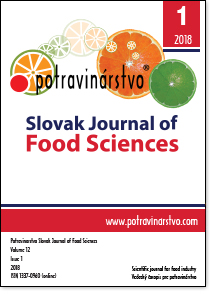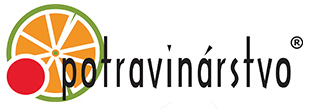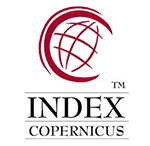Study on the meat isotopic composition for origin identification
DOI:
https://doi.org/10.5219/906Keywords:
region of origin, food, authenticity, stableisotope ratio, meatAbstract
Russian consumer and governmental authorities are equally concerned to know where food products come from. This requires more accurate and specialized methods for the evaluation of geographical location. The following methods are used: chemometrics, histological and histochemical, genomic and proteomic, microbiological, immunochemical and mass spectrometric. Method of stable isotope analysis is becoming increasingly promising nowadays for the identification of meat and meat products' place of origin. The isotope ratios of the four elements - carbon, nitrogen, oxygen and hydrogen, are mainly determined. The method is successfully used to identify a country of origin of wines, juices and water. The aim of the research was to study the stable isotope ratios for pork and beef samples purchased in Moscow supermarkets (Russian Federation). The country of production of meat samples was determined according to specifications and/or labels. The geography of countries of meat samples origin includes Europe, both America continents and Australia. Databases collected by the All-Russian Scientific Research Institute of the Brewing, Non-Alcoholic and Wine Industrywere used for the analysis and interpretation of the results. Values of 13С/12С, δ13С, 18О/16О, δ18О, 2Ð/1Ð, δ2Ð for 30 pork and beef samples from 13 countries were obtained. Differences in stable isotope ratios were found depending on place of origin. The data correlated with the oxygen isotope characteristics for wine, which were in the range from 2.5 to 4.5 ppm. According to the 13С/12С, δ13С results, the assumption was made about a false indication of the region for the beef sample. Despite the fact that beef was labeled as a product of Lithuania, the region of origin was most probably defined as Germany. The studies carried out showed the possibility to identify the region of raw meat origin by the stable isotope ratio.
Downloads
Metrics
Downloads
Published
How to Cite
Issue
Section
License
This license permits non-commercial re-use, distribution, and reproduction in any medium, provided the original work is properly cited, and is not altered, transformed, or built upon in any way.






























